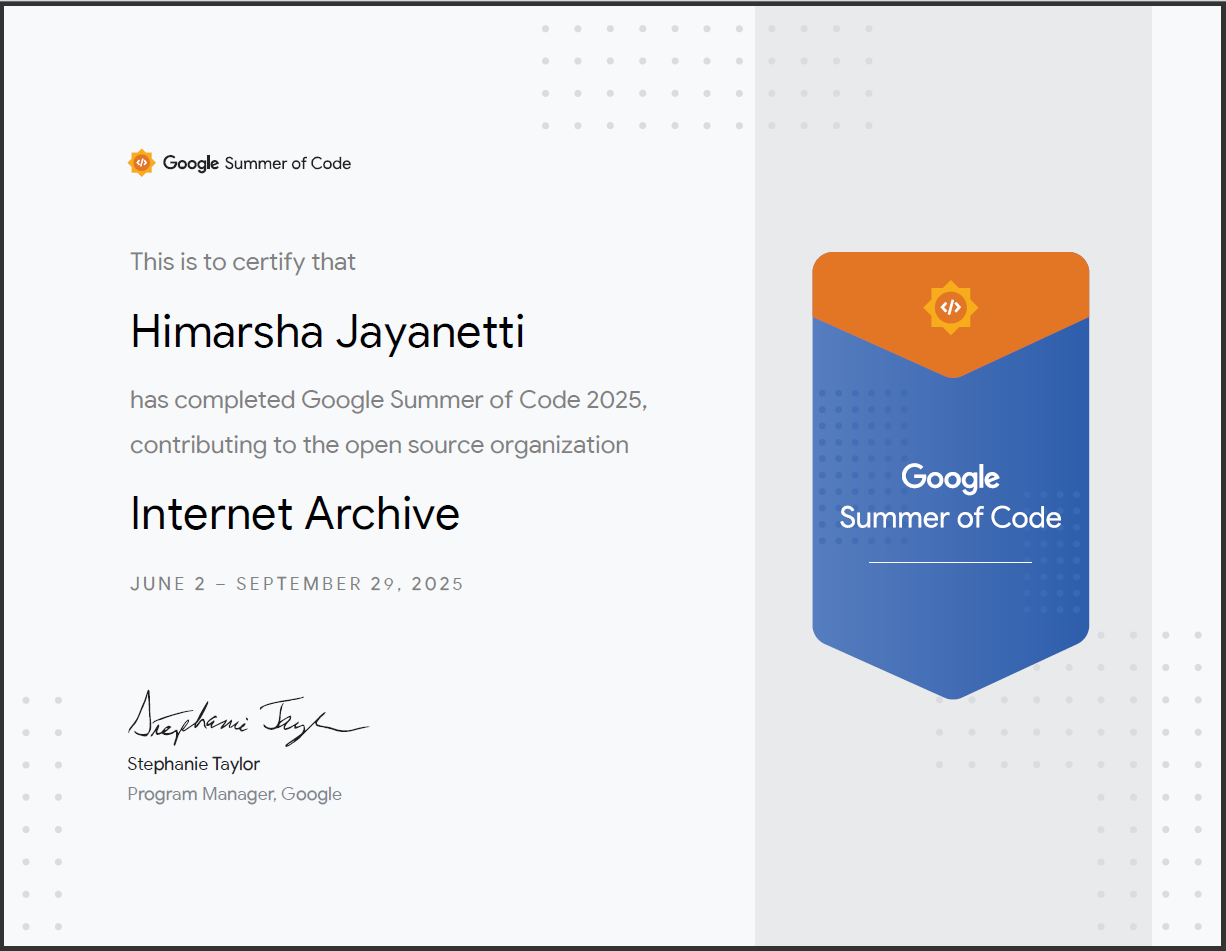2025-10-14: Goodbye, goo.gl/0R8XX6

goo.gl/0R8XX6 is now 404 on the live web. It's been nearly two months since Google stopped redirecting some of its goo.gl short URLs (August 25, 2025). In previous posts, I looked at how many of these goo.gl URLs that Wayback Machine had archived ( at least 1.3M at the time ), and estimated 4,000 goo.gl short links used in scholarly publications would be lost . In early September, I verified that Google had indeed implemented this terrible, horrible, no good, very bad idea. It's now mid-October, and I'm just now getting a chance to write up this behavior. While the redirections are missing from the live web, many (most? all?) have been archived , and it also turns out they leave a live web tombstone. First, let's look at the live web goo.gl URLs. The ones that were not lucky enough to receive traffic in "late 2024" no longer return a sunset message, and now return a garden variety HTTP 404 (image above, HTTP response below): % curl -Is https:/...


